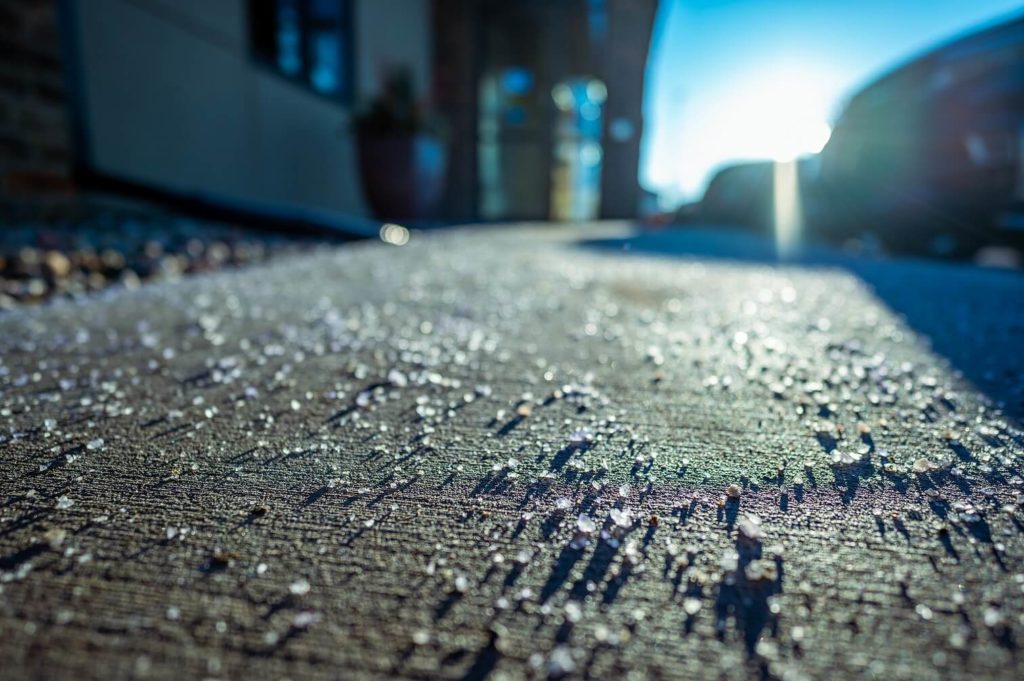
Salt (chloride) reduction is serious business for the District any time of year. Not only is meeting clean water standards required by the District’s discharge permit through the Wisconsin Department of Natural Resources, but in winter, salt reduction efforts need to happen on a short timeline – when salt levels in wastewater rise.
Upgrading the plant to remove chloride would be exponentially expensive. Instead, the District takes a prevention approach. It works with businesses, homeowners and institutions across the service area to reduce the amount of salt coming to the wastewater treatment plant in the first place. Results for many of the programs so far have been promising, but change does take time – unlearning old habits can be challenging at best and downright impossible at worst.
Luckily, the salt reduction initiative has many innovative champions. As a Wisconsin Salt Wise partner, the District leads by example by embracing changes in winter maintenance practices on the grounds of the District’s Nine Springs treatment plant. The Facilities Maintenance Department has been a leader, and the crew is truly walking the talk to reduce salt use for winter maintenance operations. They have demonstrated that salt reduction is possible while maintaining safety and that new techniques pay off.
Over the past few years, our building and grounds department has invested in more than 100 hours of training for staff members.
- Several employees have become certified winter maintenance experts, completing training and passing tests to earn certification from both Minnesota Pollution Control Agency and the City of Madison Winter Salt programs.
- Facilities Maintenance is on the cutting edge of trying out new products, like segmented plow blades, box pushers, toolcat brooms; different scrapers, shovels, hand spreaders and traction control products.
- They have been learning and testing advanced techniques and processes, such as anti-icing liquids, measuring pavement temperatures with sensors and tracking for application rates that reduce the amount of salt used on pavement.
- And, they’re implementing best management practices like snow removal policy communications and creating winter safety areas by closing them off.
Through innovation and a bit of trial and error, the District’s winter maintenance experts are both literally and figuratively paving the way for others to save on salt use. So, kudos to our Facilities Maintenance team, and thanks to the staff for supporting winter salt reduction strategies by taking it slow in ice and snow.






